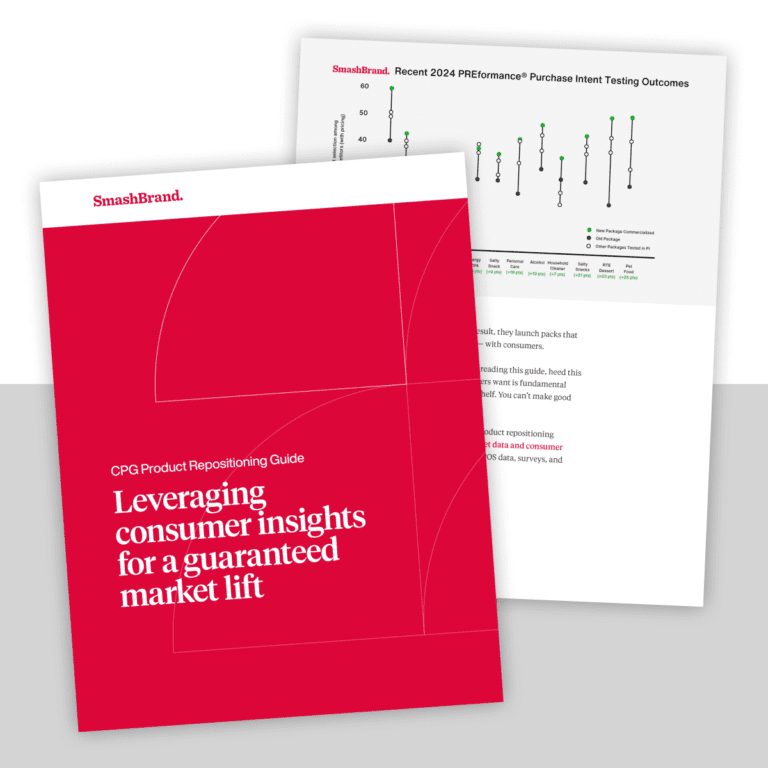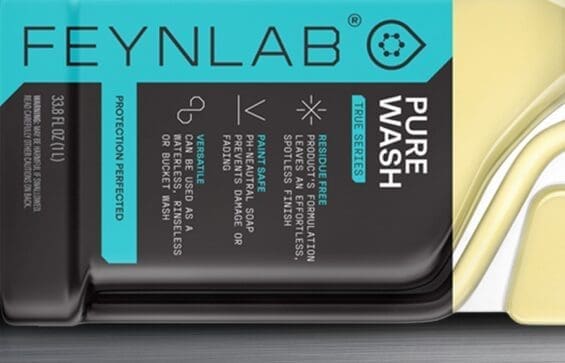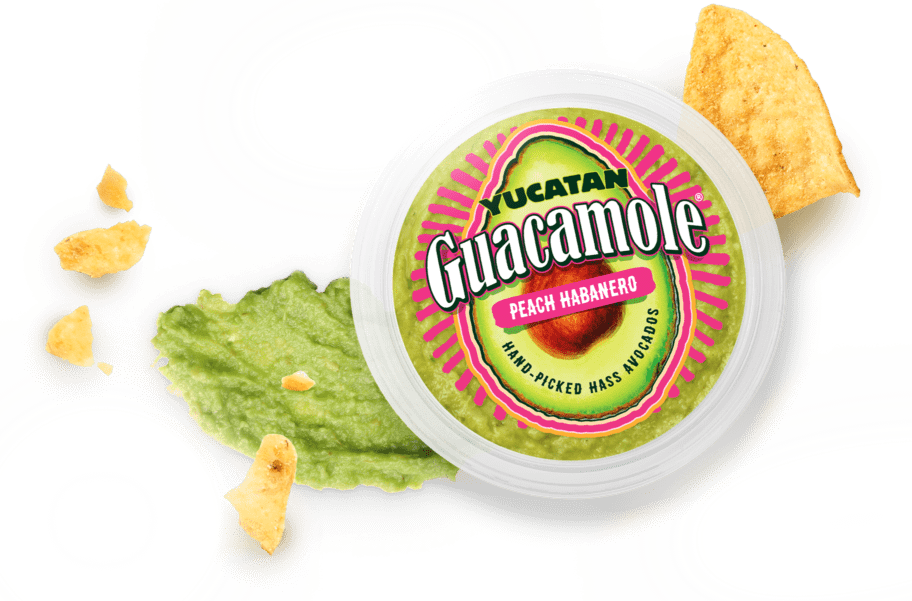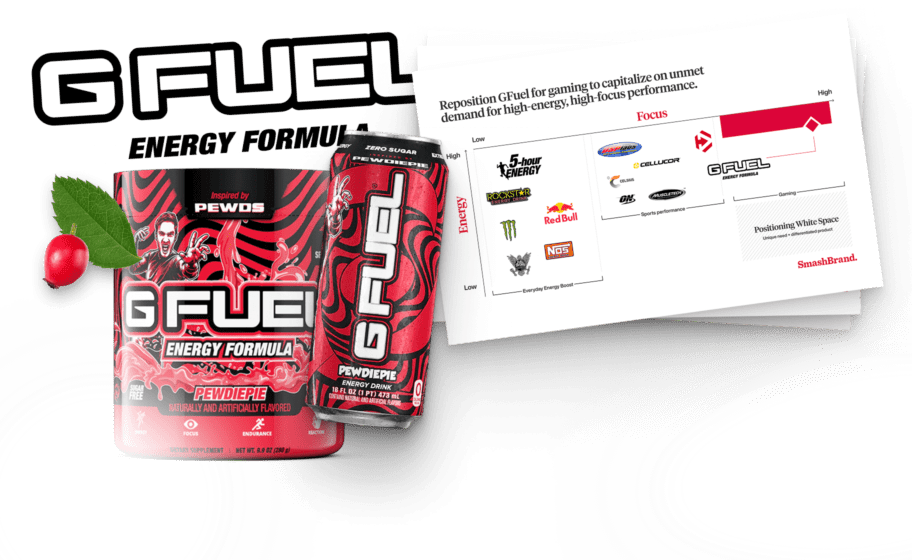Without the right strategy, even the most positive mission can get lost in translation. A brand purpose statement must be clear, distinctive, and actionable. Otherwise, consumers won’t understand what makes you different or why your brand matters.
Every purpose-driven brand expresses its mission through what it sells, how it communicates, and how it behaves. From marketing campaigns to packaging and internal company culture, every touchpoint should reinforce that shared belief.
The challenge? Too many brands still operate without a strong purpose, a mistake that weakens brand identity, limits profitability, and disconnects them from their target audience as they scale.
Purpose is more than a tagline. It’s the foundation of brand equity and the lens through which consumers decide who to trust. In this article, we’ll explore how to build a purpose-driven company, one that inspires loyalty, drives growth, and stands for something greater than the product itself.
Because a good brand purpose doesn’t just move products, it moves people.
Why Do You Need a Clear Brand Purpose?
A clearly defined brand purpose is what keeps a company focused when the market shifts and trends fade. It connects strategic goals, product development, and marketing execution into a unified direction that customers can recognize and believe in. Without it, even the best teams drift, chasing short-term wins that dilute long-term relevance.
When a brand’s purpose is unclear, messaging fractures, campaigns misfire, and investments fail to deliver meaningful ROI. But clarity changes everything. A strong sense of purpose helps you understand not just what customers buy from you, but why they choose you. It anchors decision-making in shared belief rather than assumption.
Consider a few brand purpose examples:
- Chipotle built its reputation on a commitment to real food and sustainable sourcing, translating that into daily choices customers trust.
- TED transformed from a conference into a global symbol of accessible education because its mission never wavered.
- Burt’s Bees became a leader in sustainability long before it was fashionable; its authenticity has carried it for decades.
Purpose-driven brands like these don’t compete on features or price. They build emotional connections that create customer loyalty, strengthen brand value proposition, and expand shareholder value over time.
For modern consumers, shared values are just as important as product quality. A powerful brand purpose builds authenticity, drives value creation, and turns casual buyers into loyal customers who feel invested in your story.
When purpose leads, everything else follows: alignment, differentiation, and a successful brand that earns both attention and trust.
Purpose Drives Brand Positioning
Vital Farms demonstrates how a strong brand purpose strategy can transform a commodity product into a premium, mission-led brand. Competing in one of the most crowded grocery categories, the company carved out space on shelves at major retailers, not through louder marketing, but through deeper meaning.
Rather than relying solely on “organic” or “free-range” claims, Vital Farms built its success around the principles of conscious capitalism. This shift from feature-based selling to purpose-driven storytelling positioned the brand as more than an egg company; it became a movement rooted in ethical sourcing, transparency, and respect for people and animals.
For brands intent on becoming purpose-led, Vital Farms provides proof that aligning operations, messaging, and values leads to measurable growth. Data supports this: brand purpose data show that consumers reward authenticity and consistency with loyalty and a preference for premium products.
Partnering with a brand purpose agency or experienced brand purpose company can help define and operationalize this clarity. Because when purpose guides your positioning, differentiation becomes effortless and trust becomes your most significant competitive advantage.
Finding Your Brand Purpose
Most companies don’t need to invent a new purpose; they need to rediscover and refine the one that already exists. Whether it’s buried in early brand decks, founder notes, or forgotten mission statements, the foundation of your brand purpose development is almost always there. The challenge lies in defining it clearly, differentiating it from competitors, and integrating it into every part of your brand’s marketing strategy.
Purpose isn’t something you write down and file away. It’s what drives decision-making, shapes communication, and connects your brand to the people who share your values. According to brand purpose research, 77% of consumers feel a stronger connection to brands with a purpose, and 66% are willing to switch to one when given the choice.
To start building clarity around your brand purpose framework, ask the questions that reveal your brand’s truth:
- Why did the business begin?
- What impact do we want to make on the world?
- What values do our customers share with us?
- What unique attributes define our place in the market?
- What do we want to be known for in the long run?
These answers help translate your mission into something actionable, a brand with purpose that resonates both internally and externally. When you communicate brand purpose effectively, it fuels alignment, loyalty, and growth.
The purpose of branding is relevance. By building brands with purpose, you transform your story into a shared belief system, one that inspires employees, attracts customers, and strengthens your brand’s long-term value.
The Social Element
You’ll note that many companies with time-tested and value-driving brand purposes tie their company’s success to societal success. This isn’t an accident. Companies realized long ago that it wasn’t enough that they were successful; they had to “attempt” to make the world a better place while they were at it. And in our modern era, this idea is more accurate than ever.
According to the 2018 study, 78% of Americans believed that companies must do more than make money and have a positive impact on society. Additionally, 89% thought that a brand’s purpose is demonstrated by how it benefits society.
Thus, consider the positives of your company and what type of benefits you bring to the table. Do you prioritize any of the following goals?
- Sustainability
- Packaging recyclability
- Supporting local suppliers
- Environmental conservation
- Ingredient transparency
- Charitable donations
The sky is the limit here. Share the positive aspects of your company that go beyond profits, and you’ll have a much easier time connecting with audiences.
Purpose-Driven Packaging Design
You can find the purpose of Harmless Harvest right in their name. Placing your brand mission front and center doesn’t work for all products, but it is an effective purchase driver for beverage packaging design in the case of an imported fruit drink company.
Harmless Harvest is likely to experience brand loyalty from its target consumers, as many people are increasingly seeking sustainability. Consumers who are considerate of the environment are likely to choose Harmless Harvest over Vico and Vita Coco. Why? Because their purpose lines up with something, consumers may or may not have an awareness of.
Having your purpose front and center ensures that all marketing, from in-store promotions to social media marketing, incorporates your brand purpose as part of the conversation.
Authenticity Is Key
It’s noble to support social issues with your messaging and products, but it needs to be authentic and aligned with your existing brand purpose. Otherwise, you risk coming across as disingenuous or opportunistic, exploiting social momentum to make a buck before moving on to the next hot-button issue.
That is why it’s essential to define your purpose ahead of time. Modern customers are becoming more adept at discerning when brands are not genuine. If a history of societal support backs your lofty words, nobody will give it a second thought.
Farmer-Owned Chocolate
When do you involve the owners in your brand story? When these individuals display your brand values with pinpoint accuracy. Divine Chocolate not only supports local farmers with fair compensation but also gives them ownership of the brand.
Representation is essential to the CPG industry, and Divine Chocolate engages in this practice in numerous ways. Blending it all together for a strong brand purpose with delicious flavor.
Defining a Brand Purpose That’s Uniquely You
Your goal is to establish a consistent brand purpose that aligns your strategic goals with your marketing. You want to develop a set of personal values to guide decisions, reach consumers, and eliminate any messaging disconnects that your brand pushes and stands for.
It’s not always the most straightforward goal to achieve, which is why SmashBrand offers brand development services to growing businesses. We’ll leverage our years of branding expertise to help you answer the above questions and develop a brand purpose that’s clear, authentic, and valuable to your market. Contact us here for more info about our branding services.
Testing Your Brands Purpose For Consumer Impact
We often discuss subjectivity in the packaging design process, but it extends beyond the product’s external appearance. Subjectivity can negatively impact every aspect of a brand, including how consumers feel about its purpose.
How do consumers feel about your brand? Do they understand your purpose? Better yet, do they resonate with it? How can you communicate your purpose in a better way?
All questions to ask through CPG market research. Understanding the best practices and creating a unique strategy gets you close, but consumer testing takes you all the way not only for your brand purpose, but also for when and where to communicate it within your marketing strategy.

Nice Package
Don’t miss out on our monthly newsletter Nice Package!
Each month, we deliver a data-driven newsletter directly to your inbox, unpacking a critical topic in the FMCG & CPG industry.
"*" indicates required fields
Packaging Design With A Purpose
SmashBrand is a full-stack packaging design agency helping CPG companies win on retail shelves. Through extensive consumer testing, we deliver the best-performing design for your brand. We are confident in our packaging design process and guarantee shelf performance.
From category disruptors to industry giants, we help purpose-driven brands properly communicate their message within their packaging design. Book a time to discuss your project with our team.
Subscribe to
Nice Package.
SmashBrand’s Nice Package: Stay current with our latest insights
Free Resource.

CPG product repositioning guide.
Explore the five undeniable signs your CPG product needs repositioning along with strategies for leveraging consumer insights for a guaranteed market lift.
Download Whitepaper About CPG product repositioning guide.


